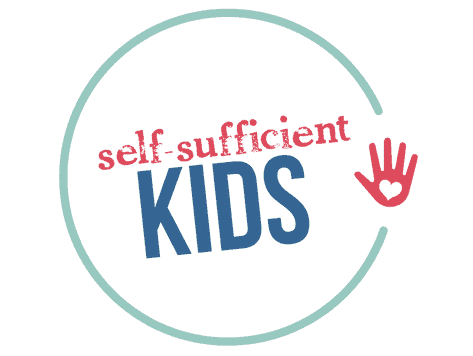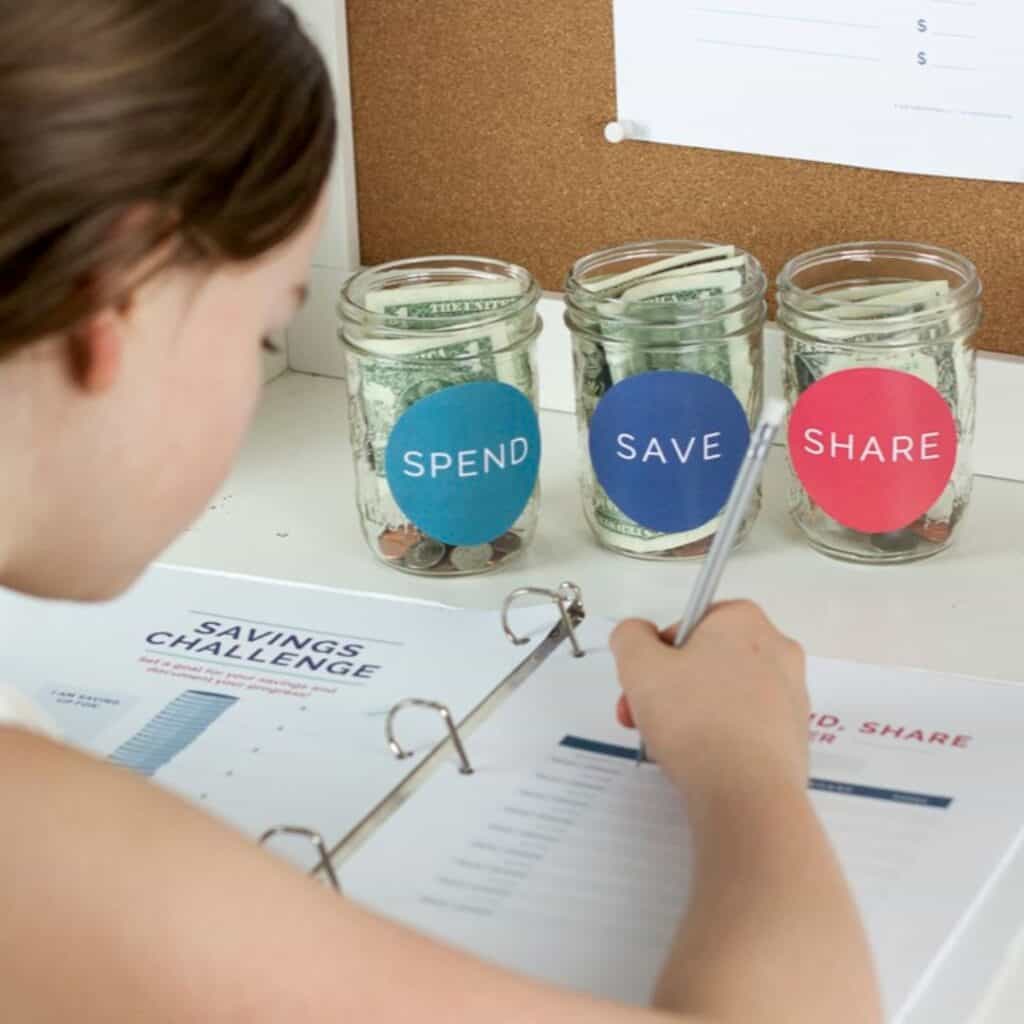One Brilliant Thing My Parents Did That Turned Me Into a Money-Savvy Adult
My parents had no clue their parenting idea would set me up for financial success. Here’s what they did and what it taught me.

It began around the summer before 6th grade.
All of a sudden my friends were wearing colorful, stylish clothes with labels from Guess, Esprit, and Benetton (yes, I’m dating myself here).
And what was I wearing? Bland, generic labeled t-shirts and shorts that were anything but unique.
Looking over my clothes I felt out of place, ordinary, and definitely uncool.
My wardrobe needed a change and it needed it NOW.
Thankfully back-to-school shopping season was right around the corner – a time when my mom and I would hit the stores to get clothes for the upcoming school year.
As we were preparing for our annual outing, I let my mom know JC Penney and Land’s End clothes weren’t going to cut it any longer. I wanted, no, I NEEDED, nicer clothes.
And that’s when my parents did something brilliant.
But before I get into what they did, I should mention that my parents are perhaps the most thrifty people I know.
Not only have they consistently lived below their means, my parents have practically made it an Olympic sport to find the gas station with the best price or determine which grocery store sells the cheapest bananas.
Growing up I was instilled with the value of “Why spend more for something if you can get it for less?”.
So when I told my parents I now wanted to buy nicer clothes – brand name clothes – I’m sure their initial reaction was anything but acceptance.
“Where did this girl come from?” they must have asked themselves. “Didn’t we teach her better than this?”
Buying brand name clothes made little sense in their world of thrift. But instead of simply saying “no” or giving me a lecture about how I was being impractical, my parents came up with an idea I will be forever grateful for.
They gave me a clothing budget.
They told me I could buy whatever clothes I wanted – only within a certain budget. And if I didn’t have enough to wear to school each week? Tough.
So I got to work.
Hours were spent flipping through catalogs and magazines. I scoured stores to see what was available and then strategically determined how I could achieve an in-style wardrobe without having to do laundry every three days.
And much to my parents and my surprise, I managed to do it. I found a way to get the maroon Esprit sweater and plaid skirt I so badly wanted, a very cool (at the time) blue Benetton top and found enough well-priced items to fill out the rest of my wardrobe.
But above all else, I gained valuable financial skills along the way (but more on that later).
Introducing a Budget to Teens
As a tween girl, there were few other purchases I desired more than in-style clothes. For other teens, the focus might be on technology or even after-school activities.
Whatever it is your teen desires, giving them a budget will not only put an end to arguments about how much to spend but also provide a hands-on lesson in money management.
Here’s how to get started (I’ll use clothing as an example):
1. Come up with a Number: Author Rob Lieber of “The Opposite of Spoiled” told his daughter he is willing to spend the equivalent of clothing found in a Lands End catalog but no more. Pick a store you feel has reasonably priced clothing, decide how much clothing you feel your son or daughter needs for the season and there’s their budget.
2. Establish Parameters: Your teen may have free reign over spending but that doesn’t mean she can buy those too-short shorts or t-shirts with offensive insignia. Establish these boundaries early before the spending spree begins.
3. Keep Essentials Outside of the Budget: Here in New England, the winters are COLD. As in capital C cold. And let’s be honest, New England kids don’t always use the best judgment when it comes to dressing for cold weather (many still wear flip flops at 40 degrees). To avoid having your teen skimp on buying outerwear or other essentials like underwear, keep these items in a separate budget that you have more say over.
4. Let Them Make Mistakes: Let your daughter use half her budget on a Tory Burch top or your son on Adidas high-tops. This is what you WANT to happen. No, really. Think of it this way – spending mistakes serve as a great lesson in what not to do. How much better to learn these lessons when the stakes are low than when the rent or mortgage payment is due.
5. Whatever You Do, Don’t Bail Them Out: Resist, resist, resist. Bailing out a kid who’s blown their budget on three pairs of designer jeans only teaches them that overspending is OK. One option to fix this dilemma is to have your teen work for money to buy more clothes.
6. Introduce Teens to Money-Saving Tricks: Until their own money is on the line, teens will have little incentive to seek out bargains. Help teens find bargains by introducing them to sales and online coupon codes. Sites like Thredup also provide an easy way to save on designer brands by buying gently-used clothes. This referral link will give teens $10 off their first order: http://www.thredup.com/r/7WYBT1.
How This Experience Changed My Life
My focus during those tween and teen years was solely on getting good clothes and fitting in at school, but once I graduated from college, I realized how much more my clothing allowance taught me.
Suddenly I was living on my own and had to make a very small salary work – and I was well-prepared.
Without seeking any advice, I instinctually knew I had to come up with a budget – rent would need to be this much while food, clothing, and miscellaneous would take up the rest of my salary.
I was able to pay off my credit cards each month and even put a little into savings. I knew how to seek out bargains and stretch a dollar to the maximum. And all these skills were rooted in my parent’s simple idea of giving me a clothing budget.
And as for brand-name clothes? I’ll admit, they’re still my weakness. But at least I’ve budgeted for them.
The Kids Money Management Toolkit has everything you need (except money!) to begin giving your kids an allowance. In addition to guidance and advice, you’ll also receive Save, Spend, and Share jar labels, a Kids Money Ledger, a Savings Challenge Sheet, a Jobs-for-Hire Sheet, and a Kids Allowance Contract. Click here to learn more.
You May Also Like:
15 Life Skills Kids Need Before They Leave Home
Kids Won’t Really Understand Money Until You Do This
How to Teach Kids Delayed Gratification in a “Buy Now, Pay Later” World
9 Mistakes to Avoid When Giving Kids an Allowance
About the Author

Kerry Flatley is the owner and author of Self-Sufficient Kids. She has a BA in economics, an MBA, a certificate in financial planning, and has been investing ever since she landed her first job. Kerry also has two girls, ages 11 and 13, who have been receiving allowance – and learning money management – for the past five years.

